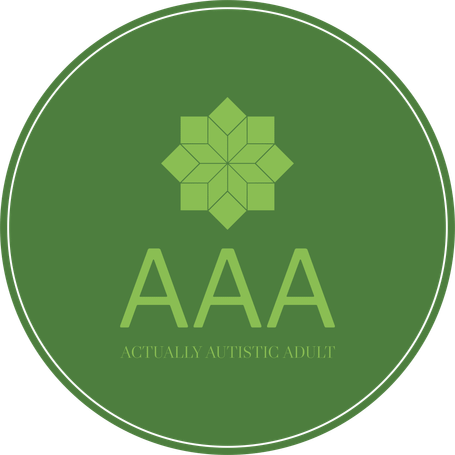Autism and visual perception
Written in October 2023
Autistic people are often very good at visual perception – basically we are great at Where's Wally, Spot The Difference and other tasks that require pattern spotting abilities. Sometimes it's less a case of noticing the pattern, but of noticing something that doesn't fit the pattern.
Last week I participated in a research study test on visual perception that asked us to determine the presence of either a Z or an X in a wheel of six letters, as well as whether there was a squiggle present close to the letter wheel. It was engaging work and something that my brain appreciated as a chance to flex my visual perception grey matter.
This task required two types of attention; pattern spotting, and turning our attention to a particular target. In the case of Where's Wally, we hone our attention to seek only the red items within the picture, because Wally is red. We also search for striped items. At the cross section between red and striped items is Wally's outfit. We also search for the patterns of where we suspect Wally might be. He's often hiding behind something and rarely seen in full length.
We are able to direct our attention to the specific attributes of the item we need to look for, and to attend mainly to the locations where these items might be. Just this morning I used my perceptual abilities to conduct a litter pick of the woods behind the house. In the case of litter picking, I am searching around 1 metre off the pathway in the woods, and I am looking for anything white, shiny or a different colour to the greens and browns of the woods.
I've never litter picked competitively, but I'm pretty confident I could find more litter than an allistic person in the same area. When I go foraging with people I notice things they do not; tiny mushrooms in long grass, fruit in hedges, litter! I'm also using and improving my knowledge of habitats and growing patterns so that I get better at identifying where to direct my laser visual focus.
A lot of research has been conducted on the reasons for the autistic advantage in visual search, and this paper is a good read regarding the reasons for that, and how this insight could be used to inform interventions aimed at changing the social development of autistic children. In a nutshell, we tend to focus on items rather than people or faces, and this strengthens our visual processing abilities.
The theory of monotropism comes in too; the monotropic tendency to not disengage from a task (autistic inertia in action) lends itself to better performance in visual search tasks. That is to say that we don't get bored and our attention doesn't wander once we are engaged fully in a visual processing or visual search task. This increased effort and attention also makes us better at these tasks compared to non-autistic control groups who don't have brains suited to those tasks.
Visual perception (seeing and processing visual input) is something that we can often do much more quickly than non-autistic people; our focus on detail and ability to process visual input quickly, especially when given clear parameters, is just one of the strengths of our neurotype.
https://www.ncbi.nlm.nih.gov/pmc/articles/PMC3976471/
We need your consent to load the translations
We use a third-party service to translate the website content that may collect data about your activity. Please review the details in the privacy policy and accept the service to view the translations.
